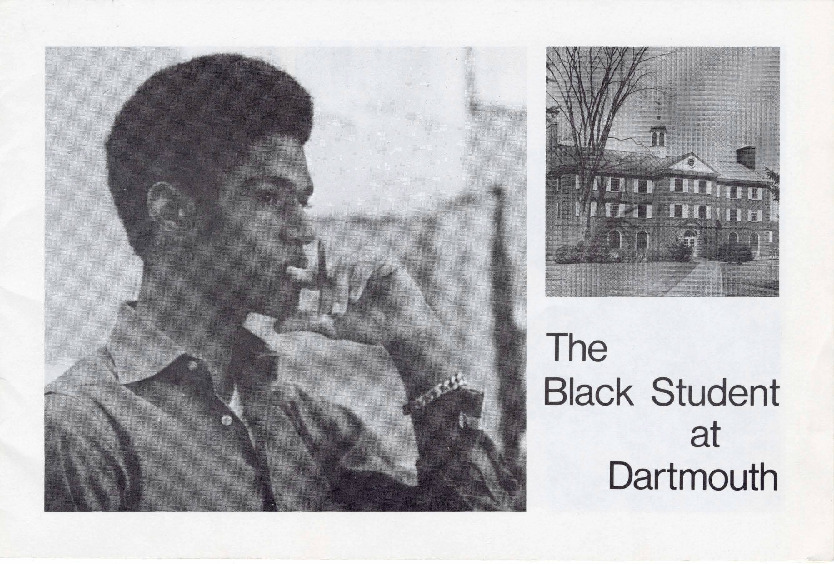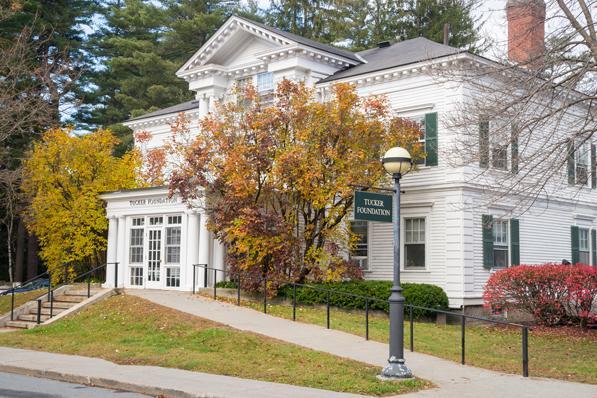A Way in to the Elite
Student Recruitment at Dartmouth
Student recruitment efforts were essential to the increase in the enrollment of Black students at Dartmouth. Again, the class of 1971 had a total of seventeen Black students. In the class of ‘72, there were twenty-eight Black students, and then in the class of ‘73, there were eighty-two Black students (this data is shown on the Rauner Special Collections Library document below). This increase was due to the William Jewett Tucker Center’s recruitment program.
The William Jewett Tucker Center, or the Tucker Foundation, is a center on campus with the goal of supporting and inspiring the Dartmouth community through religious and spiritual life (Boutwell 2015). They created this student recruitment program, which allowed Black students to go to visit cities and high schools that Dartmouth would not have visited otherwise. They would go into schools and talk to younger Black students about applying to Dartmouth. These younger students they were reaching out to were intelligent and just as qualified as anyone else, but might not have necessarily been recruited before then.
Black student recruiting is crucial because it is influential as a student in high school to have someone visit your school who looks like you. Someone who can talk about their own experience and assure you that you will not be the first one is important. That you will find other people at Dartmouth who look like you. Just to have someone that believes in you can make a huge difference.
- Nelson Armstrong
From 1971-72, Nels was assigned to visit schools in Louisville, Kentucky, Indiana, and Richmond, Virginia. (Rauner Special Library Collections). Clearly, these recruitment efforts were successful, as there was a great increase in Black enrollment in ‘72, ‘73, ‘74, ‘75, and onward. In fact, some of the students Nels spoke to himself ended up attending and graduating from Dartmouth.
Student Recruitment at Other Ivy League Institutions
Interestingly enough, while Dartmouth’s Black student admission numbers were increasing, other Ivy League schools, like Harvard’s, were decreasing. In 1970, Harvard had their highest enrollment of Black students ever. But their numbers then declined. In 1974, only nine Black students were enrolled in a class of four hundred and sixty-eight. The Harvard Radical Union explains that the initial uptick was due to the social movements that were occurring in the 1960s, but that this increase in enrollment was merely temporary. “Fundamentally the institution [Harvard] has remained a bastion of white supremacy,” the Radical Union writes (The Harvard Radical Union, 1974). Harvard was a very isolating place for Black students. Kent Garrett, a Black student in the Harvard class of 1963, explained how there was a box on the housing application one could check if they were willing to have a roommate of another race (Washington Post, 2020). Perhaps if Harvard had run a student recruitment program similar to Dartmouth’s, they would have been able to uphold their enrollment rates.
It is important to note that while Dartmouth as a whole increased Black student enrollment, it was not necessarily the work of the Admissions office specifically. In reality, the Tucker Foundation truly opened campus up through its student recruitment program.



